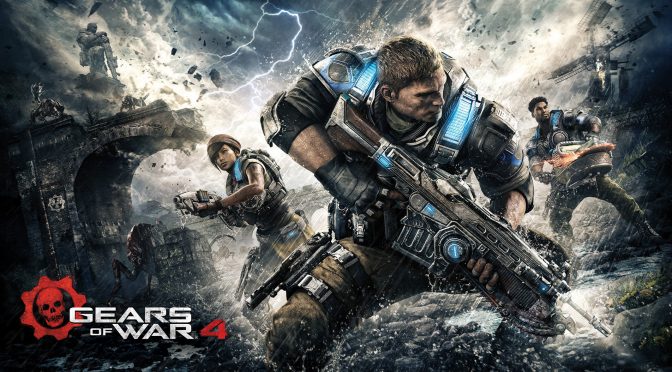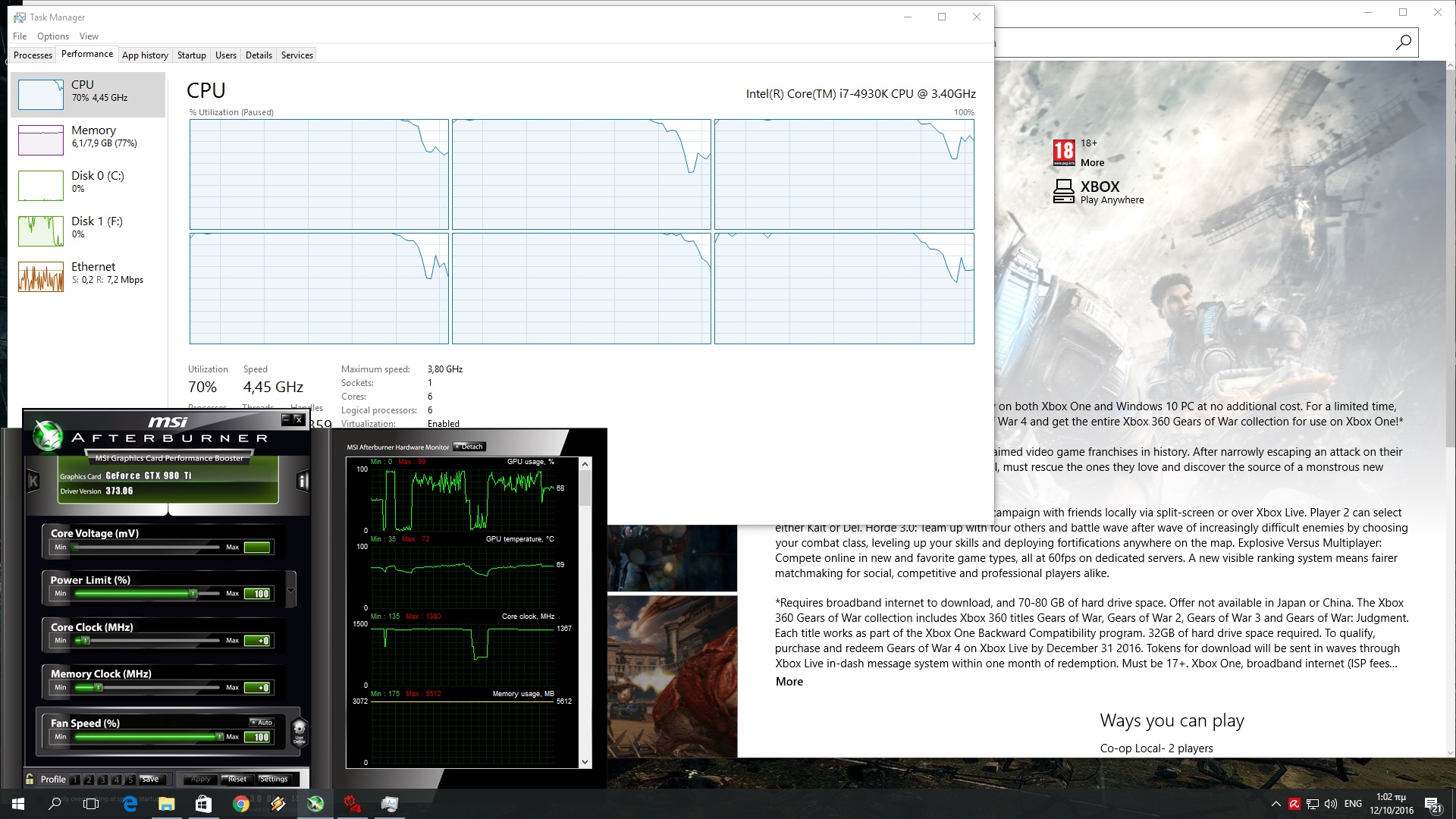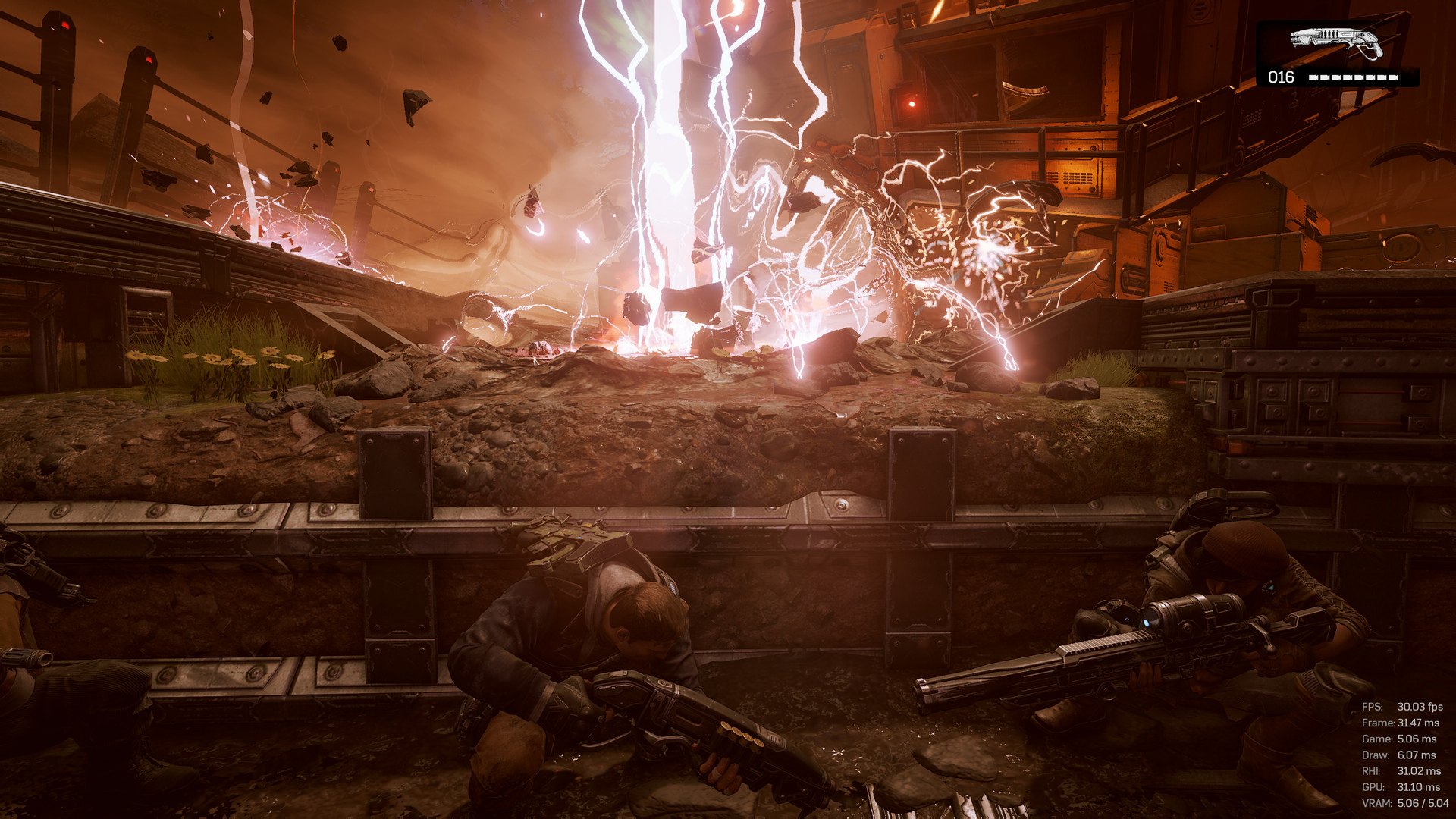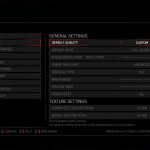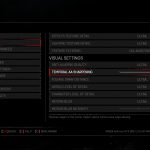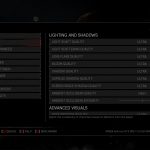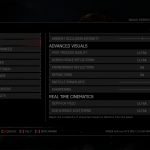When the Ultimate Edition of Gears of War was released, we were kind of disappointed with its PC version. The game suffered from a lot of issues due to its UWP nature, it stuttered like crazy, it did not support a lot of things (like statistics, fps counter and extended PC options), and was – overall – a big letdown. Fast forward a few months and here we are today with the next part in the Gears of War series that is being brought to the PC by the same team that brought us Gears of War: Ultimate Edition. And it is glorious.
For this Performance Analysis, we used an Intel i7 4930K (turbo boosted at 4.2Ghz) with 8GB RAM, NVIDIA’s GTX980Ti and GTX690, Windows 10 64-bit and the latest WHQL version of the GeForce drivers. As we’ve already reported, the game does not support multi-GPUs at launch, however The Coalition will add support for them very soon.
As such, our GTX690 performed similarly to a GTX680. The good news is that in Single-GPU mode, the GTX690 was able to push constant 30fps at Ultra settings (with Medium settings in order to avoid VRAM limitations). On Medium settings, we were able to run the game with 60fps at 1080p, so that’s extremely good news for all owners of weak graphics cards.
On the other hand, our GTX980Ti was able to push a constant 60fps experience at 1080p on Ultra settings. The game ran most of the times with 90-100fps, and we did not experience any drop below 70fps or any stuttering, no matter what was happening on-screen. In 4K, our GTX980Ti was able to push a constant 30fps experience on Ultra settings.
Gears of War 4 scaled incredibly well on our hexa-core CPU, and its in-game benchmark tool used all of our six CPU cores to their fullest. Now we do have to note that the benchmark scene stresses more the CPU than the GPU, which is why we used it only to find out how the game scales on multiple CPUs.
As always, we simulated a dual-core and a quad-core system. Our simulated dual-core was able to run the in-game benchmark (at 1080p and on Ultra settings) with an average of 39fps, however we experienced a lot of stuttering that made the game unplayable. Our simulated quad-core, on the other hand, was able to push an average of 85fps, and our hexa-core ran it with an average of 115fps.
Things got really interesting when we enabled Hyper Threading. With Hyper Threading enabled, our simulated dual-core system was able to run the benchmark with an average of 61fps, and with minimal stuttering. Our simulated quad-core system pushed an average of 103fps, while our hexa-core system did not see any performance improvements.
Ironically enough, Gears of War 4 appears to be running – at least on our system – the same with Gears of War: Ultimate Edition. And let us tell you that there is a huge graphical difference between these two games. This basically shows how rushed Gears of War: Ultimate Edition was, and how optimized Gears of War 4 actually is.
Graphics wise, Gears of War 4 is a beautiful game. The Coalition has used a lot of modern-day effects (like volumetric lighting, screen-space reflections, ambient occlusion, global illumination effects), and the end result is exceptional. While the first levels of the game are not graphically impressive, things get way better once you progress its Single-Player campaign mode. Players can cause havok by breaking a respectable amount of objects, dismember their enemies, and there are also some really cool scripted physics effects that add a nice touch to the overall experience.
What really impressed us, though, was the amount of graphical options that PC gamers can tweak. The Coalition included one hell of settings, and you can find almost everything; from tweaking the quality of Textures, Shadows and Post-Process Effects to sharpening Temporal Anti-aliasing and increasing the intensity of ambient occlusion. The Coalition has also included Resolution Scale and FOV sliders. And if that wasn’t enough, there are CPU/GPU/VRAM indicators about each and every option.
Seriously, the amount of options that PC gamers can tweak is huge. Hell, there are even in-game stats and the in-game benchmark results provide a lot information about whether the game is bottlenecked by the CPU or the GPU.
All in all, The Coalition did an incredible work with the PC version of Gears of War 4. After what happened with the Ultimate Edition of Gears of War, a lot of gamers doubted the company when it claimed that it would deliver a solid PC version for Gears of War 4. Thankfully, The Coalition proved them wrong. Gears of War 4 runs and looks amazing on the PC, and is easily one of the most optimized PC games we’ve seen to date.
Enjoy!

John is the founder and Editor in Chief at DSOGaming. He is a PC gaming fan and highly supports the modding and indie communities. Before creating DSOGaming, John worked on numerous gaming websites. While he is a die-hard PC gamer, his gaming roots can be found on consoles. John loved – and still does – the 16-bit consoles, and considers SNES to be one of the best consoles. Still, the PC platform won him over consoles. That was mainly due to 3DFX and its iconic dedicated 3D accelerator graphics card, Voodoo 2. John has also written a higher degree thesis on the “The Evolution of PC graphics cards.”
Contact: Email

